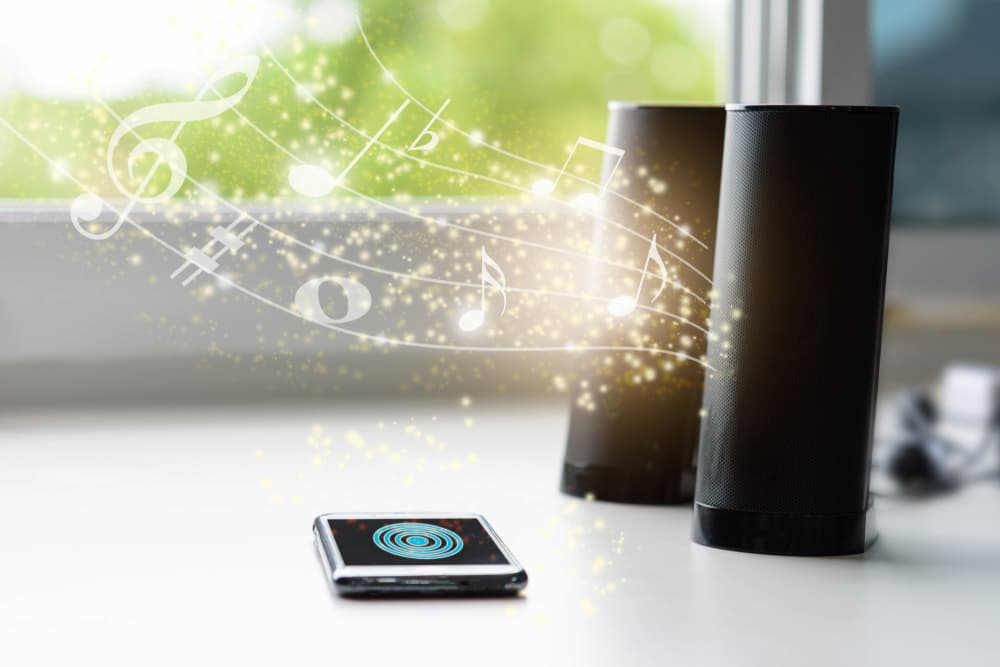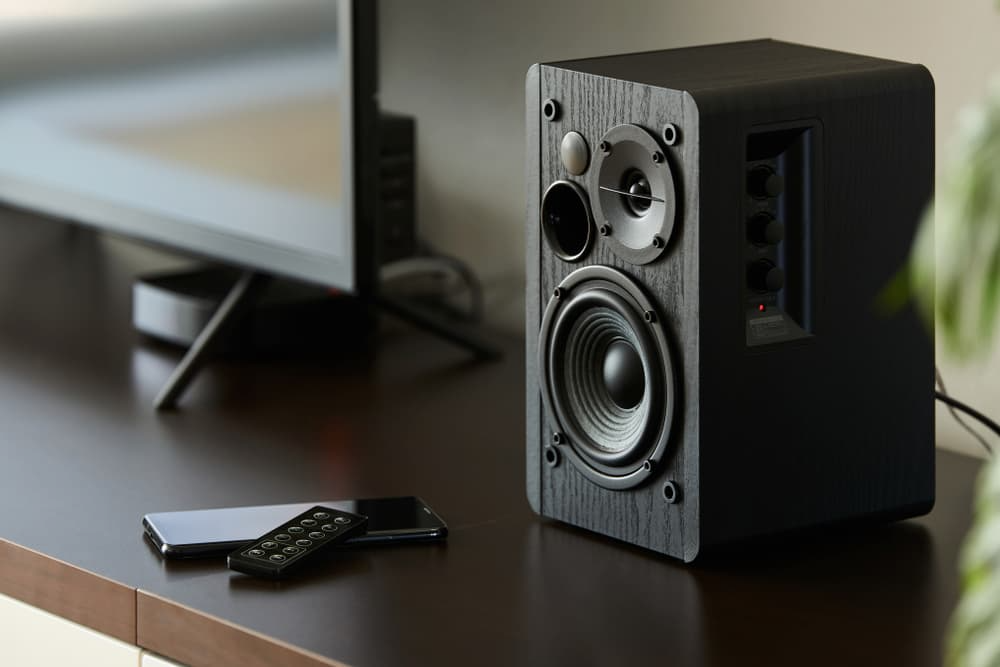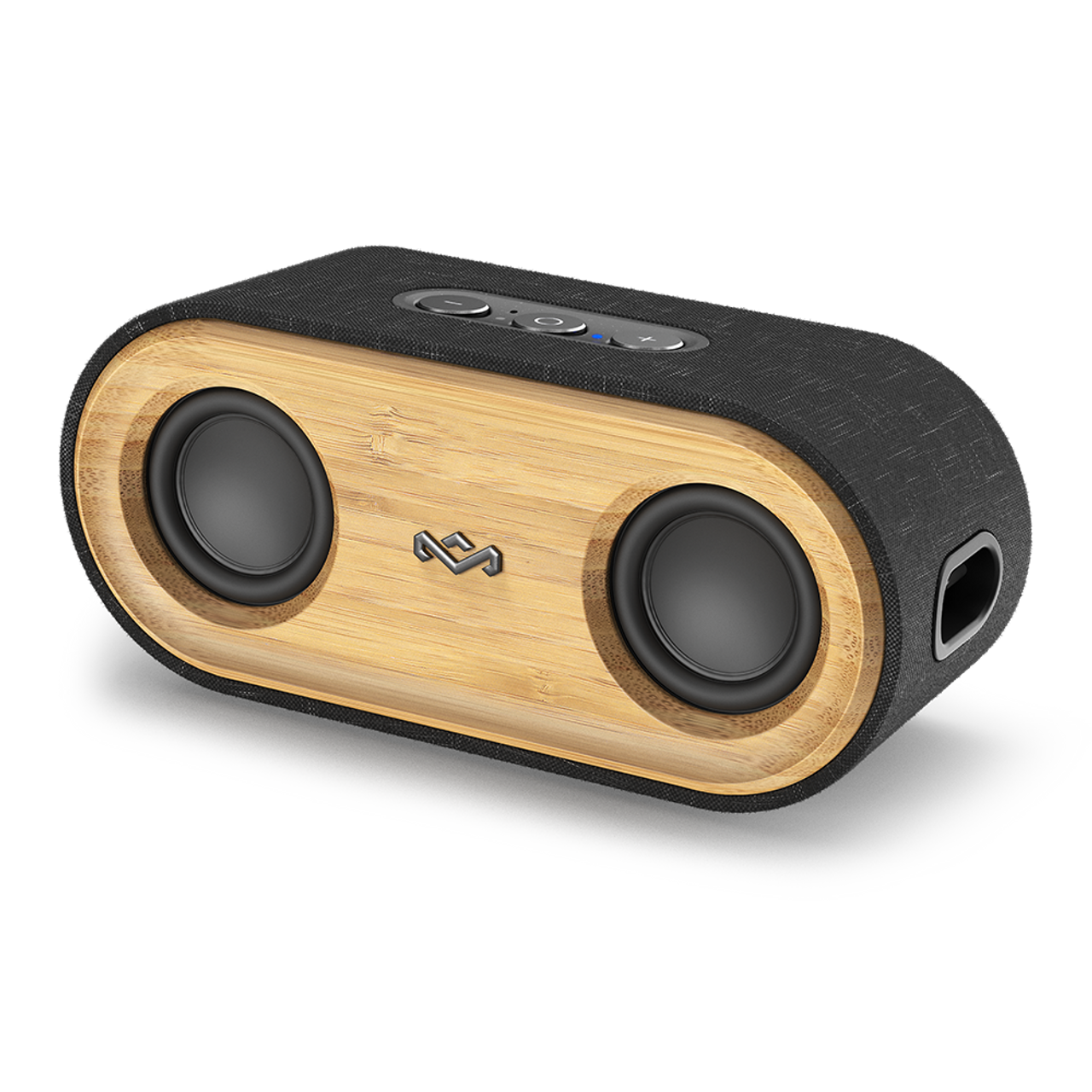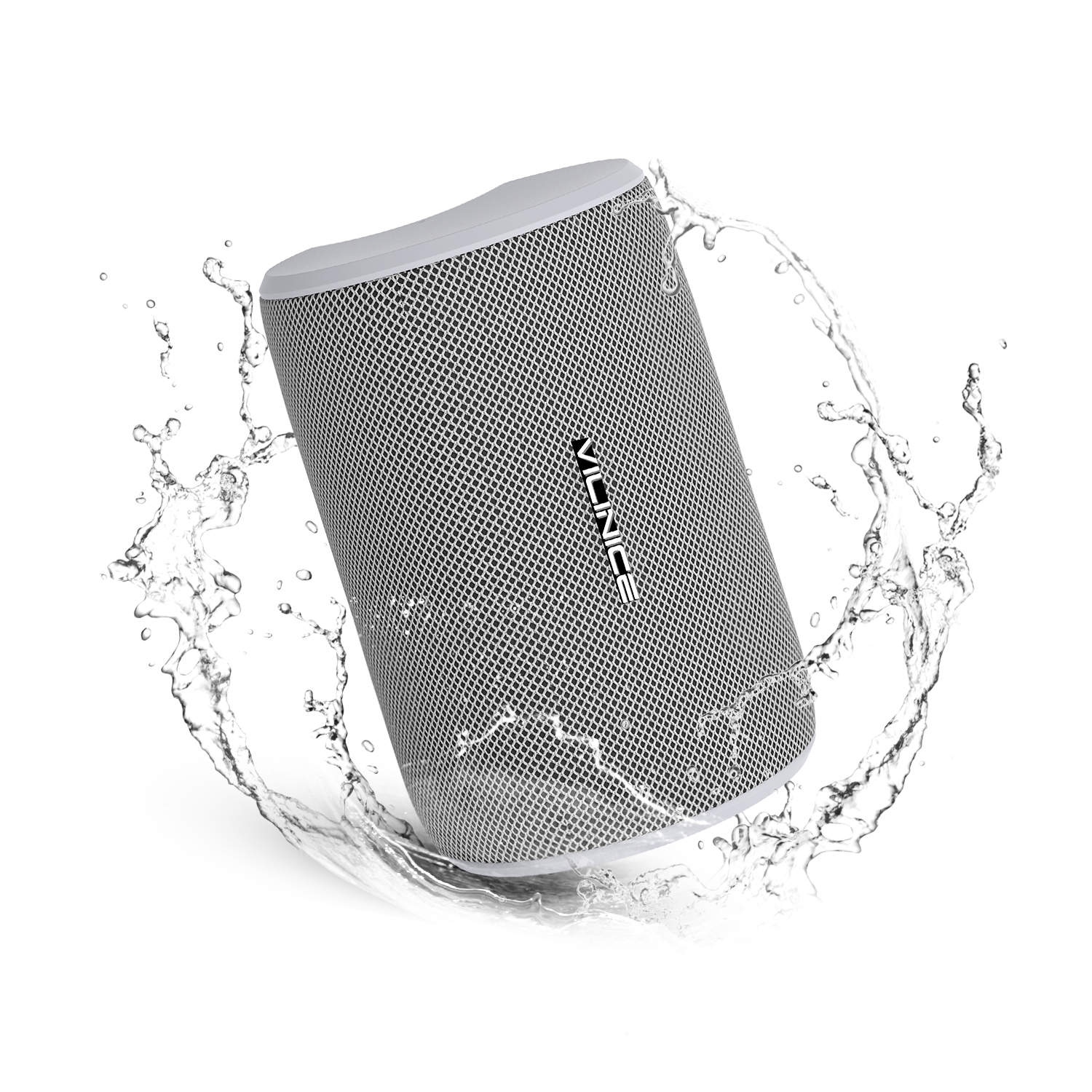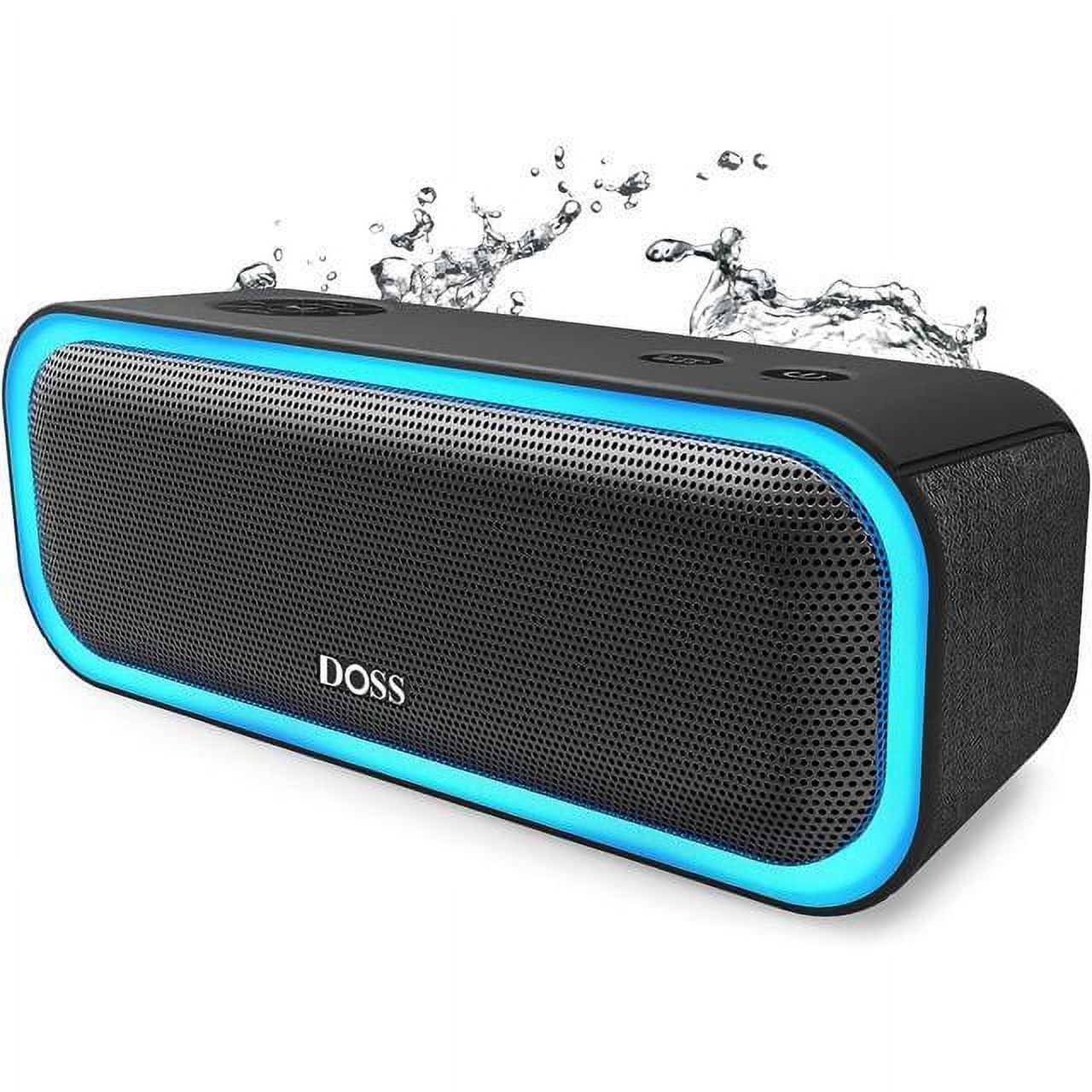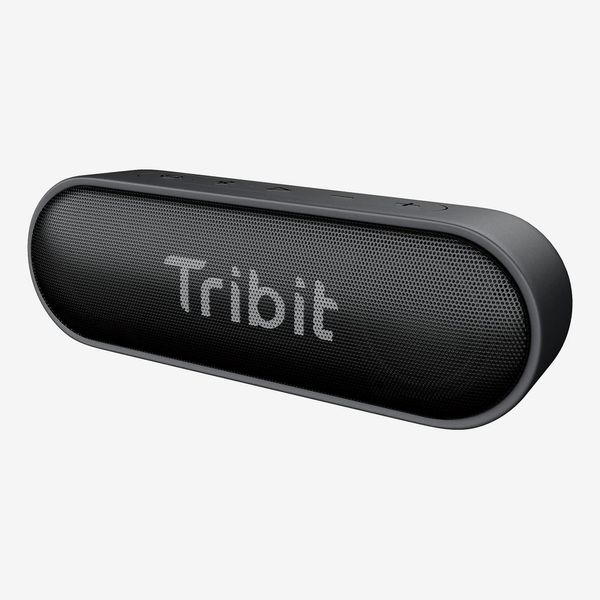Introduction:
In today’s world of music and audio technology, connecting multiple Bluetooth speakers is a fantastic way to amplify the sound and create a more immersive experience. Whether you’re hosting a party, enjoying outdoor activities, or simply want to fill your living space with music, linking multiple speakers can provide a rich and expansive audio experience. In this guide, we will explore the steps and methods to connect multiple Bluetooth speakers, allowing you to enjoy synchronized audio playback.
Step 1: Ensuring Compatibility for Connecting Multiple Bluetooth Speakers
Before embarking on the journey of linking multiple Bluetooth speakers for an enhanced audio experience, it is essential to check compatibility factors to ensure seamless connectivity and optimal performance. Here are some key aspects to consider:
Bluetooth Versions:
Verify that all your Bluetooth speakers support the same Bluetooth version or at least compatible versions for a stable connection. Ideally, Bluetooth 4.0 (Bluetooth Low Energy) or higher versions are recommended for better power efficiency and improved data transfer rates.
Wireless Protocols:
Ensure that the Bluetooth speakers you intend to connect support relevant wireless protocols that enable multi-speaker connectivity. Look for features such as Dual Audio or Party Mode, which facilitate simultaneous pairing and synchronized playback across multiple speakers.
Brand and Model Compatibility:
While Bluetooth is a standardized technology, certain brands may offer proprietary features or protocols that limit cross-brand compatibility. It is advisable to check if your speakers are from the same manufacturer or if they explicitly support multi-speaker connectivity with devices from other brands.
Speaker Pairing Capabilities:
Some Bluetooth speakers come with built-in pairing capabilities that allow them to be linked for stereo sound or extended coverage. Check if your speakers support this feature and understand the pairing process to create an immersive audio setup.
App and Firmware Support:
Certain speaker models may require dedicated mobile apps or firmware updates to enable multi-speaker connectivity or advanced audio settings. Ensure that your speakers are up-to-date with the latest software and that you have access to any necessary companion apps for configuration and control.
Range and Signal Strength:
Consider the physical placement of your Bluetooth speakers and ensure they are within the effective range of each other and the audio source device. Optimal signal strength is crucial for maintaining a stable connection and minimizing audio lag or interference during playback.
By thoroughly assessing these compatibility factors and addressing any potential limitations or requirements, you can set the stage for a successful and enjoyable experience when connecting multiple Bluetooth speakers. Prioritizing compatibility will help you avoid technical issues and ensure that your audio setup functions seamlessly to deliver a captivating and immersive sound experience.
Step 2: Choose a Compatible Setup Method
There are various methods to connect multiple Bluetooth speakers, and the availability of these methods depends on your specific speaker models and manufacturers. Here are some popular setups:
Wireless Party Chain:
Some speaker brands, like Sony and JBL, offer a feature called “Wireless Party Chain” or “Party Connect.” This method allows you to connect multiple speakers wirelessly through Bluetooth technology. Simply activate the Party Chain mode on all your speakers, pair them with your audio source device, and enjoy synchronized audio playback. Each brand may have its specific instructions, so refer to the user manual or manufacturer’s website for detailed information.
Speaker Pairing:
Certain speaker models allow you to pair two speakers together to create a stereo setup, where one speaker acts as the left channel, and the other serves as the right channel. This method typically involves manually pairing the speakers using Bluetooth settings on your audio source device or via a dedicated mobile app provided by the manufacturer. Once paired, the speakers will work together to deliver a wider soundstage and immersive stereo experience.
Bluetooth Transmitters or Receivers:
If your speakers don’t have built-in wireless connectivity features for multiple speaker linking, you can utilize Bluetooth transmitters or receivers to achieve the desired setup. A Bluetooth transmitter can be connected to the audio output of your source device, such as a smartphone or laptop, and it will transmit the audio signal to multiple Bluetooth speakers paired with Bluetooth receivers. This method allows you to connect speakers from different brands or models, as long as they are Bluetooth-enabled and compatible with the transmitter and receiver devices.
Step 3: Follow the Pairing Instructions
Once you have chosen a compatible method for connecting multiple speakers, follow these general steps:
- Power on all the speakers and ensure they are within the Bluetooth range of your audio source device.
- Put the speakers into pairing mode according to the manufacturer’s instructions. This often involves pressing and holding a specific button or combination of buttons until the speakers’ indicator lights start flashing.
- Activate the Bluetooth function on your audio source device and search for available devices.
- Select the first speaker from the list of available devices to establish a Bluetooth connection.
- Repeat the process for the remaining speakers, ensuring that each one is successfully paired with your audio source device.
Step 4: Fine-Tune Your Audio Experience and Indulge in the Music
Now that your multiple Bluetooth speakers are successfully connected, it’s time to fine-tune the audio settings and immerse yourself in a captivating musical journey.
Balance Adjustment:
Take a moment to ensure that the volume levels and balance between the connected speakers are optimized for your listening environment. Depending on the capabilities of your speakers, you may be able to adjust individual speaker volumes to achieve a well-balanced sound across all speakers.
Equalizer Settings:
Explore the equalizer settings available on your audio source device or within the accompanying mobile apps provided by the speaker manufacturers. Tailor the equalizer to enhance specific frequency ranges based on your music preferences, whether you prefer a bass-heavy sound, crisp highs, or a balanced overall output.
Spatial Configuration:
If your speakers support stereo pairing or offer spatial audio features, consider experimenting with different spatial configurations to create a more immersive soundstage. Stereo pairing can provide a wider and more enveloping audio experience, especially for genres like classical music, jazz, or live recordings.
Test Different Music Tracks:
Play a variety of music tracks to gauge how well the connected speakers handle different genres and audio characteristics. This will help you understand the strengths of your setup and allow you to appreciate the nuances in your favorite songs.
Sit Back and Enjoy:
With everything set up and adjusted to your liking, take a seat, recline, and revel in the impressive audio quality produced by your synchronized Bluetooth speakers. Whether you’re hosting a gathering, unwinding after a long day, or simply embracing the joy of music, your meticulously configured setup promises to deliver an extraordinary auditory experience.
Conclusion:
Connecting multiple Bluetooth speakers opens up a world of possibilities for enjoying music and audio in a more immersive and expansive manner. Whether you choose wireless party chain setups, speaker pairing configurations, or utilize Bluetooth transmitters and receivers, the process allows you to synchronize audio playback across multiple speakers. Follow the compatibility checks, select a compatible setup method, and carefully follow the pairing instructions provided by the manufacturers. With a little setup and adjustment, you can create a captivating audio experience that fills your space with exceptional sound quality and depth.
